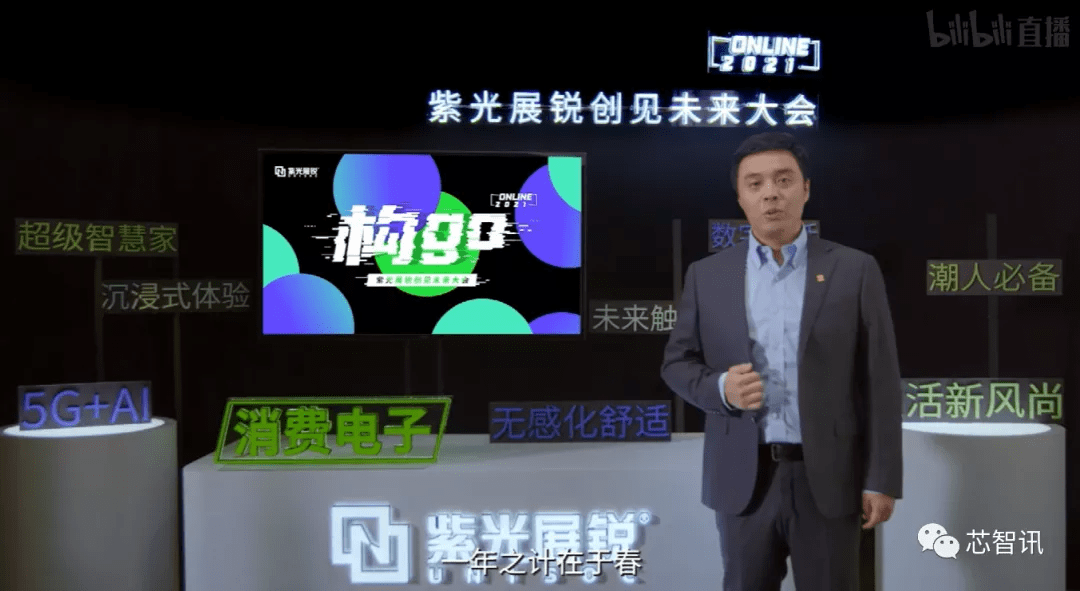WiFi is the most popular radio wave today, not only providing the internet, but scientists are also studying how to make it able to generate power for some small electronic devices.
Technology is increasingly developing, supporting people in all aspects of life, including the smallest jobs. In particular, scientists have been working for years to harness the power of ambient radio waves to power small devices. And Wi-Fi is undoubtedly the richest signal source today.
The study demonstrated a new approach to harnessing these frequencies, developing a new chip that can convert them into power for a small LED, possibly other small electronics and sensors. . Over the years, they’ve looked at a number of research projects aimed at capturing energy from radio waves, such as those generated by Wi-Fi, with some showing real potential. The idea is to turn the energy from these wireless networks so that it doesn’t go to waste and use it for power supply purposes. However, generating effective amounts of energy has so far been challenging.  The researcher holding the chip has a series of small devices called torque oscillators that can power LEDs. The new technology, developed by scientists at the National University of Singapore (NUS) and Japan’s Tohoku University, uses a torque oscillator (STO). This is a relatively new class of micro-devices that are capable of generating microwaves, but have so far only resulted in low output power. Fusing multiple STOs together on a single chip is the way the scientists hope to increase this power output, but they have had difficulty determining the optimal configuration. Efforts are hampered by issues around distance and low frequency response. The authors of the new study designed and tested the new layout, where eight STOs are connected in a chain, which they say overcomes these problems. The new layout can take the 2.4 GHz radio waves generated by Wi-Fi signals and convert them into direct voltage signals. It will be fed into a capacitor and used to light up a 1.6 volt LED. Charging the capacitor for 5 seconds allows the LED to stay on for one minute, even after the power has been turned off. Study author Professor Yang Hyunsoo said: “We are surrounded by Wi-Fi signals, but when not in use to access the Internet, they will not work and this is a huge waste. The available 2.4 GHz radio waves become a source of green energy, thus reducing the need for batteries to power the electronic devices that we use frequently. In this way, small electrical devices and sensors can be powered wirelessly using radio frequency waves. With the advent of smart homes and cities, our work can create energy-efficient applications in communications, computers and neuromorphic systems.” The researchers will seek to enhance the energy harvesting capabilities of this technology by increasing the number of STOs in the chip. They will also explore how it is used to power other electronics and sensors. Huong Giang (via: New Atlas)
The researcher holding the chip has a series of small devices called torque oscillators that can power LEDs. The new technology, developed by scientists at the National University of Singapore (NUS) and Japan’s Tohoku University, uses a torque oscillator (STO). This is a relatively new class of micro-devices that are capable of generating microwaves, but have so far only resulted in low output power. Fusing multiple STOs together on a single chip is the way the scientists hope to increase this power output, but they have had difficulty determining the optimal configuration. Efforts are hampered by issues around distance and low frequency response. The authors of the new study designed and tested the new layout, where eight STOs are connected in a chain, which they say overcomes these problems. The new layout can take the 2.4 GHz radio waves generated by Wi-Fi signals and convert them into direct voltage signals. It will be fed into a capacitor and used to light up a 1.6 volt LED. Charging the capacitor for 5 seconds allows the LED to stay on for one minute, even after the power has been turned off. Study author Professor Yang Hyunsoo said: “We are surrounded by Wi-Fi signals, but when not in use to access the Internet, they will not work and this is a huge waste. The available 2.4 GHz radio waves become a source of green energy, thus reducing the need for batteries to power the electronic devices that we use frequently. In this way, small electrical devices and sensors can be powered wirelessly using radio frequency waves. With the advent of smart homes and cities, our work can create energy-efficient applications in communications, computers and neuromorphic systems.” The researchers will seek to enhance the energy harvesting capabilities of this technology by increasing the number of STOs in the chip. They will also explore how it is used to power other electronics and sensors. Huong Giang (via: New Atlas)




























































You must log in to post a comment.